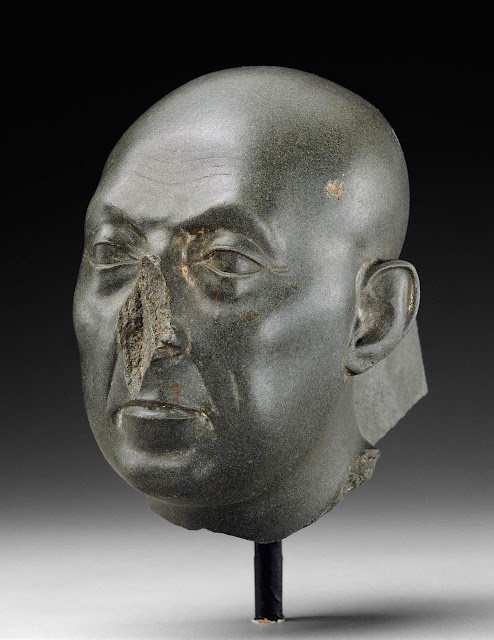The Sacrifice of Iphigenia

The Sacrifice of Iphigenia The name, Iphigenia, means "born to strength" and her strength is revealed in a number of 5th century Greek plays by Euripides, Ennius, and others. In Greek mythology, while gathering his fleet in preparation for the war against Troy, Mycenaean king Agamemnon accidentally kills a deer in a grove sacred to the goddess Artermis. To punish him, Artemis conjurs up strong winds so the king's fleet cannot sail. A seer, Calchas reveals that, to appease Artemis, Agamemnon must sacrifice his eldest daughter, Iphigenia in an act of aparchai, the surrender of his "first fruits.". From the Archaic to the Hellenistic period (700-31 BCE), Greeks engaged in aparchai and dekatai, a type of religious tithe, which were deployed not only in a religious context but in politics and constituted a means of settling men's debts to the gods as an expression of human dependence on them. Most scholars have dismissed such tales of human sacrfice as purel...


















